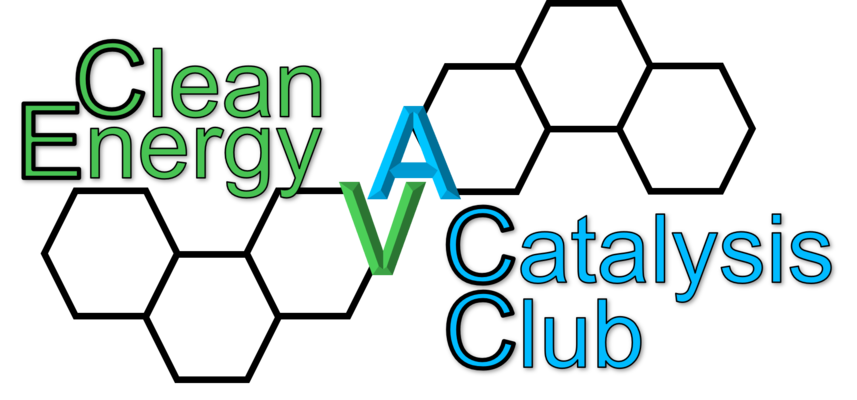Tuesday, March 1, 2022, featured:
Professor Christina Li from Purdue University
"Tuning Active Sites in Catalytic Nanomaterials through Colloidal Synthesis"
Abstract:
Supported metal atoms and nanoparticles are found ubiquitously as heterogeneous catalysts for a wide variety of industrial, organic, and energy catalytic processes. The electronic and steric environment at the nanomaterial surface has a huge impact on the reactivity and selectivity of catalytic transformations occurring at surface active sites, but these properties are difficult to independently control through conventional materials synthetic methods. In this work, we develop molecularly-precise surface functionalization strategies in order to precisely tune both the ensemble geometry and redox properties of active site metal atoms. These strategies include 1) the adsorption of inorganic ligands on colloidal nanoparticle surfaces in order to synthesize monolayer and sub-monolayer core-shell catalysts, 2) control of bimetallic surface ensemble geometry to catalyze diastereoselective organic reactions, and 3) tuning the metal–sulfur coordination environment of single atoms supported on metal chalcogenide nanosheets for electrochemical catalysis. All of these strategies develop new structural frameworks for modulating the surface active site environment in order to access more reactive and selective nanomaterial catalysts.
Bio:
Christina Li received an A.B. in chemical and physical biology from Harvard University in 2009, working with Professor David Evans. She completed her Ph.D. in chemistry at Stanford University, working with Professor Matthew Kanan on nanostructured Cu electrodes for CO2 reduction. She then did postdoctoral work at UC Berkeley with Professor Paul Alivisatos on colloidal semiconductor nanocrystals. Since 2016, she has been an assistant professor in the chemistry department at Purdue University where her group focuses on colloidal synthetic strategies to tune the electronic properties and ensemble geometry of nanoparticle active sites for electrochemical and thermal catalytic reactions. She received an NSF CAREER Award in 2021.


